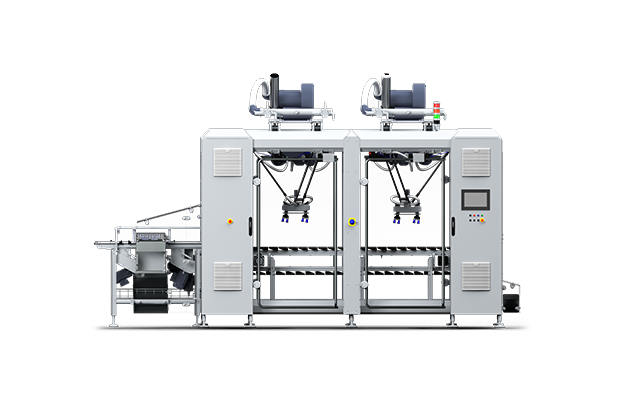Beverage packaging technology has undergone significant evolution over the decades, driven by advancements in materials science, engineering innovations, and consumer preferences. Among the key players in this evolution are can packaging machines, which have revolutionized the efficiency, sustainability, and versatility of beverage packaging.
Early Innovations and Challenges
Historically, beverages were packaged primarily in glass bottles, which posed challenges in terms of weight, transportation costs, and breakage risks. The introduction of metal cans in the mid-20th century marked a significant shift. Early canning processes were rudimentary and labor-intensive, requiring manual sealing and filling. However, these processes laid the groundwork for automation and the development of can packaging machines.

Automation and Efficiency
The advent of can packaging machines in the late 20th century brought about unprecedented levels of automation and efficiency to beverage production lines. These machines can handle large volumes of cans per minute, from filling and sealing to labeling and packaging. Automated systems ensure precise control over filling levels, reducing product waste and enhancing consistency in packaging.
Materials and Sustainability
Modern can sealer machines have played a crucial role in advancing sustainability within the beverage industry. Aluminum cans, which are lightweight and recyclable, have become the preferred choice for many beverages. Can packaging machines facilitate the efficient use of materials, optimizing can dimensions and reducing environmental impact through decreased transportation emissions and energy consumption.
Versatility and Customization
One of the standout features of can packaging machines is their versatility. They can accommodate various can sizes and formats, from standard 12-ounce soda cans to larger energy drink cans and sleek, slim designs popular for alcoholic beverages. This flexibility allows beverage manufacturers to cater to diverse consumer preferences and market demands effectively.
Technological Integration
Recent advancements in beverage packaging technology have seen can packaging machines integrate with sophisticated control systems and sensors. These innovations ensure precise filling volumes, monitor quality standards, and enable real-time adjustments to production processes. Furthermore, connectivity features enable remote monitoring and predictive maintenance, enhancing operational efficiency and reducing downtime.
Consumer Experience and Innovation
Beyond operational benefits, can packaging machines have contributed to enhancing the overall consumer experience. Modern packaging designs, facilitated by these machines, incorporate features like easy-open tabs, ergonomic shapes, and enhanced graphics. Such innovations not only attract consumers but also contribute to brand differentiation and market competitiveness.
Future Trends and Innovations
Looking ahead, the evolution of can packaging machines is likely to continue along several trajectories. Advances in materials science may lead to even lighter and more sustainable cans. Enhanced automation and robotics could further optimize production efficiency and reduce labor costs and browse around this site www.levapack.com. Additionally, smart packaging technologies, such as interactive labels and digital printing, may redefine consumer engagement and supply chain management.
Can packaging machines represent a pivotal advancement in beverage packaging technology, driving efficiency, sustainability, and innovation within the industry. From their humble beginnings to their current state-of-the-art capabilities, these machines have reshaped how beverages are packaged and consumed worldwide. As technology continues to evolve, the role of can packaging machines in shaping the future of beverage packaging remains indispensable.